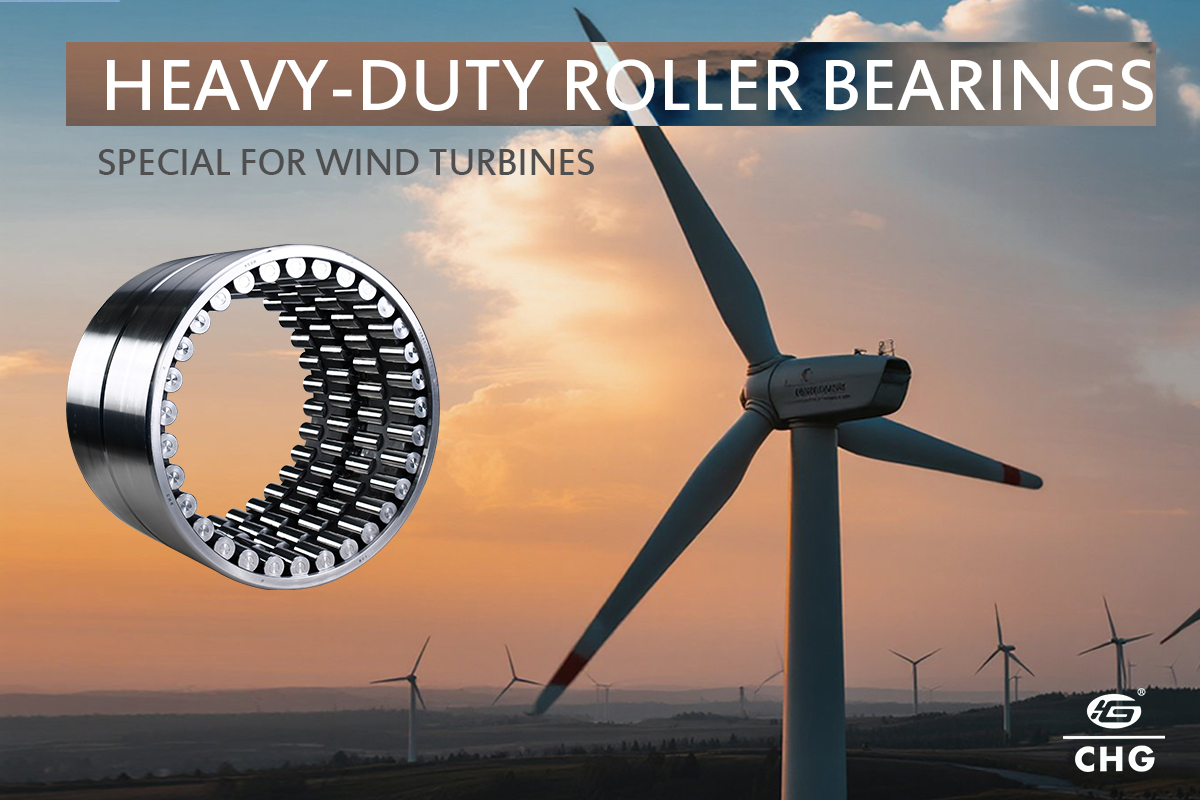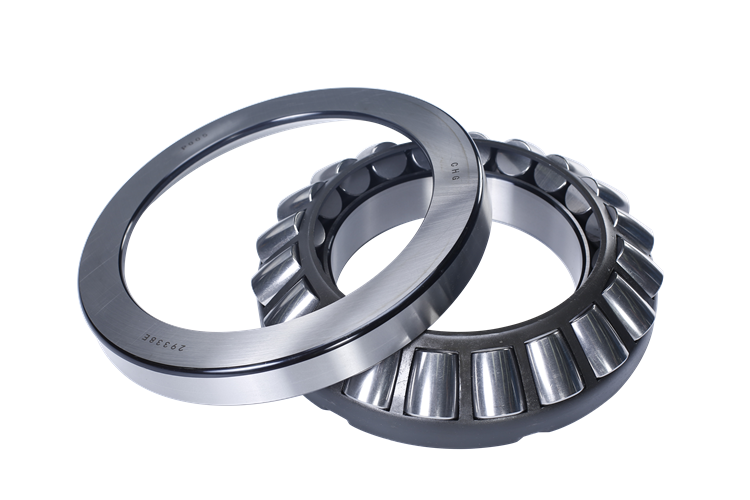
As renewable energy continues to grow rapidly, wind power equipment is being widely adopted across the globe. As a critical component that ensures stable and efficient operation, the performance of wind turbine bearings directly affects power generation efficiency, system stability, and maintenance costs. This article provides a comprehensive overview of common bearing types used in wind turbines, their structural features, and selection considerations to help customers improve the reliability and longevity of their wind energy systems.
Bearing Types and Functions in Wind Turbines
In a wind turbine system, bearings are primarily used in the pitch system, yaw system, main shaft, gearbox, and generator. Their main functions include:

1. Pitch Bearing
Installed between the rotor blade and hub to adjust blade angles, controlling airflow and power output.
Typically uses four-point contact ball bearings, which offer high load capacity and positioning accuracy.
Designed with preloading structures and sealing protection to prevent dust and moisture ingress, ensuring extended service life.
2. Yaw Bearing
Adjusts the direction of the wind turbine to face incoming wind and maximize energy capture.
Commonly uses crossed roller slewing bearings or large-diameter four-point contact ball bearings.
Features high rigidity gear rings, nearly zero clearance or slight preload, specially designed sealing rings, and anti-corrosion surface treatment—ideal for low-speed, high-torque applications.
3. Main Shaft Bearing
Connects the rotor to the generator and bears the brunt of the operational loads.
Typically uses spherical roller bearings or cylindrical roller bearings, selected as single-row or paired types based on design.
Offers excellent radial load support and axial misalignment tolerance under varying working angles.
4. Gearbox Bearings
Transfers the low-speed, high-torque energy from the rotor to the generator.
Commonly uses NU, NCF, NJ-type cylindrical roller bearings and tapered roller bearings to handle complex loads and lubrication demands.
Requires high-quality lubrication and filtration systems to avoid surface wear from metallic particles.
5. Generator Bearings
Supports the high-speed rotation of the generator rotor.
Typically utilizes a combination of cylindrical roller bearings and deep groove ball bearings.
Optimized structural design and refined processing technology help achieve low noise performance, which is critical in generator systems.
Key Performance Requirements of Wind Power Bearings
Due to the harsh environments in which wind turbines operate—including salt spray, dust, humidity, and extreme temperatures—bearings must meet stringent performance criteria:
| Key Performance | Description |
|---|---|
| High Load Capacity | Withstands high dynamic and shock loads from rotor blades |
| Strong Corrosion Resistance | Protective coatings or stainless steel structure, ideal for offshore applications |
| Long Fatigue Life | Heat treatment and optimized raceway design reduce sensitivity to contaminants |
| Excellent Sealing | Advanced sealing prevents water, dust, and oil leakage |
| Low Noise Operation | Specialized processes reduce vibration and ensure quiet, smooth rotation |
Conclusion
As wind turbine capacities increase and operational lifespans extend, bearings—being at the heart of mechanical motion—face growing technical demands. High-performance wind turbine bearings not only enhance system reliability and reduce maintenance costs but also ensure long-term, stable operation in extreme conditions. They are a fundamental component of efficient and sustainable green energy generation.
If you're looking for high-performance bearing solutions for the wind power industry, feel free to contact us for customized technical support.
contact us:info@chg-bearing.com